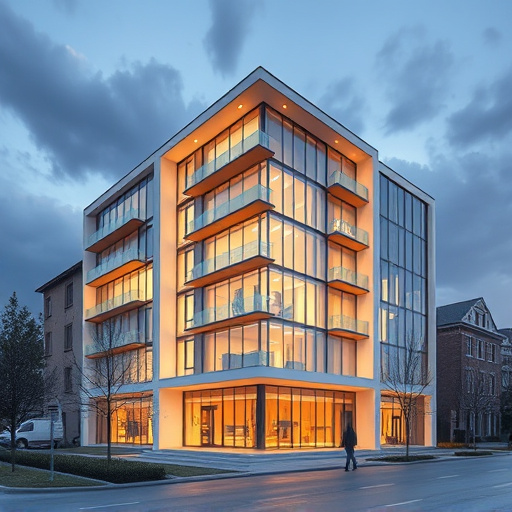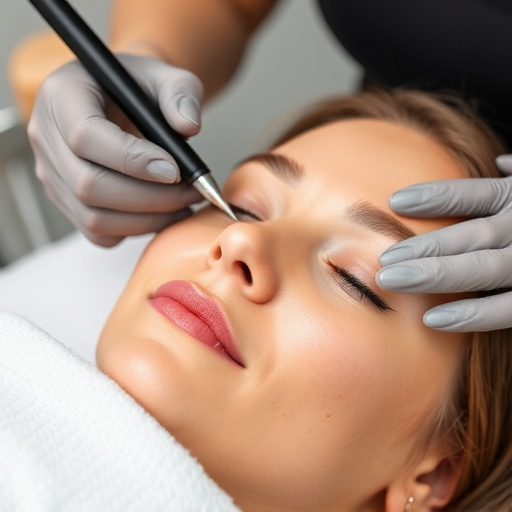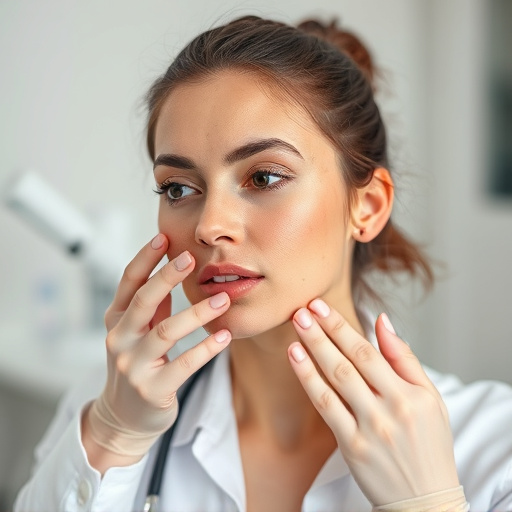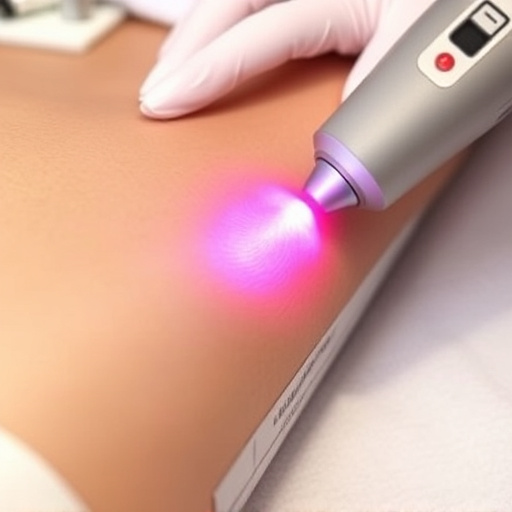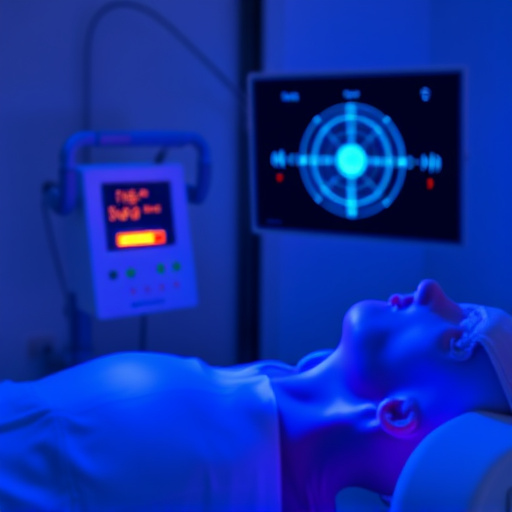The natural aging process causes skin relaxation and sagging due to loss of elasticity, primarily attributed to sun exposure, hormonal shifts, gravity, and lifestyle choices, which break down critical collagen and elastin fibers. Skin tightening procedures like IPL therapy, chemical peels, laser resurfacing, and customized facials are popular for achieving firmer, more youthful-looking skin by targeting damaged cells, stimulating collagen production, and promoting cell turnover. These treatments offer immediate improvements in elasticity, fine lines, and texture but carry risks that should be discussed with a qualified professional. Pore refinement and body contouring are distinct concerns requiring tailored approaches.
“Uncover the secrets to achieving firmer, youthful-looking skin with our comprehensive guide on skin tightening procedures. As we age, our skin undergoes natural changes, leading to loss of elasticity and a saggy appearance. Understanding these processes is key to selecting the right treatment. This article explores common skin tightening methods, their mechanisms, benefits, potential risks, and considerations for achieving a rejuvenated complexion. Discover how these procedures can transform your skin, enhancing its tone and texture.”
- Understanding Skin Aging and Relaxation
- Common Skin Tightening Procedures: How They Work
- Benefits, Risks, and Considerations for a Youthful Complexion
Understanding Skin Aging and Relaxation
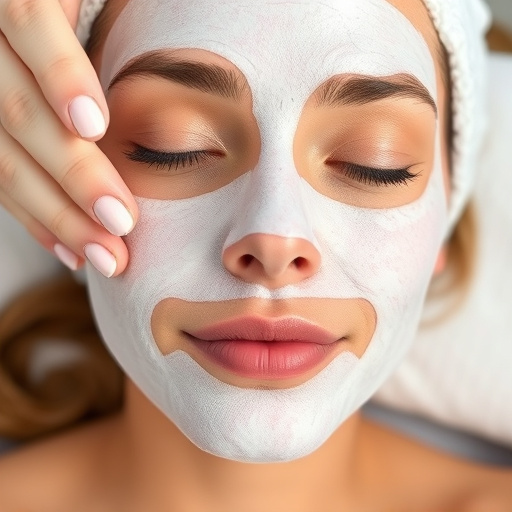
Our skin undergoes natural changes as we age, experiencing a gradual loss of elasticity and firmness due to various factors like sun exposure, hormonal shifts, gravity, and lifestyle choices. This aging process leads to the relaxation and sagging of skin, making it lose its youthful tautness. Understanding these mechanisms is crucial for anyone considering a skin tightening procedure.
The relaxing effects on skin are primarily attributed to the breakdown of collagen and elastin fibers, which provide structural support and elasticity. Over time, these essential components degrade due to environmental factors and internal processes, resulting in wrinkling, loss of firmness, and sagging. Professional skincare treatments, such as advanced facial treatments and targeted acne treatments, often address these underlying issues, offering more than just surface-level improvements.
Common Skin Tightening Procedures: How They Work
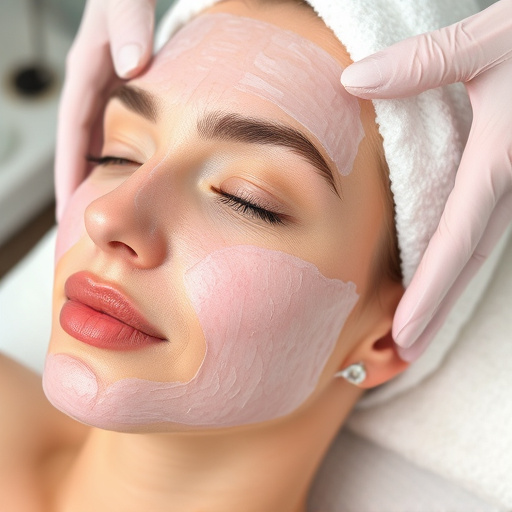
Skin tightening procedures have gained immense popularity as a way to achieve firmer, more youthful-looking skin. There are several common methods employed by dermatologists and estheticians worldwide. One of the most well-known is intense pulsed light (IPL) therapy, which uses broad-spectrum light to target and break down collagen-damaged skin cells. This process stimulates the body’s natural healing response, encouraging the production of new collagen and elastin fibers, resulting in a tighter, smoother complexion.
Another popular approach is chemical peels, where a chemical solution is applied to the skin to lift away damaged layers. This promotes cell turnover and reveals healthier, more vibrant skin underneath. Advanced procedures like laser resurfacing go a step further by using lasers to vaporize microscopic sections of the skin, fostering the growth of new, supple tissue. Additionally, customized facials incorporating active ingredients for pore refinement and skin brightening can offer targeted solutions for specific concerns, contributing to overall skin tightening and rejuvenation.
Benefits, Risks, and Considerations for a Youthful Complexion

The quest for achieving a youthful complexion is a common desire, and skin tightening procedures offer an enticing solution. These non-surgical treatments aim to improve skin elasticity, reduce the appearance of fine lines and wrinkles, and enhance overall skin texture, resulting in a more firm and supple look. One of the key benefits is their ability to provide immediate results, offering individuals a quick fix for achieving a desired aesthetic without the lengthy recovery periods associated with surgical alternatives.
However, as with any cosmetic procedure, there are potential risks and considerations. Temporary redness, swelling, and mild discomfort are common side effects following treatment. In rare cases, more severe reactions or complications may occur, emphasizing the importance of consulting a qualified professional for an accurate assessment. Additionally, individuals with certain skin conditions or those taking specific medications might need to avoid these procedures. Pore refinement and body contouring, while related concepts, differ in their approach, focusing on either minimizing pore size or reshaping problem areas, respectively, so it’s crucial to understand the unique benefits and limitations of each non-surgical treatment option.
Skin tightening procedures have emerged as powerful tools in the pursuit of firmer, youthful-looking skin. By understanding how these treatments work, their benefits and risks, and considering various factors, individuals can make informed decisions to achieve their desired complexion. Incorporating a suitable skin tightening procedure into your skincare routine could be the key to unlocking a more vibrant, rejuvenated appearance.


